Occupy Wall Street and Tea Party Movements More Alike Than Not
Both movements are essentially populist protests. The OWS people want to break the power of finance and the rich in America. So do tea party voters.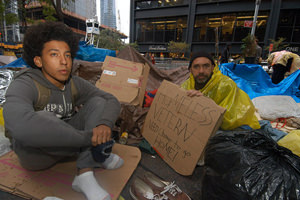
There are two important and unrecognized facts about the Occupy Wall Street movement in the United States and the so-called “indignados” protests that began in Spain at the end of last summer and have spread through much of Western Europe.
They both condemn the present American economic and financial system. The Europeans resent it for having imposed upon them an economic crisis created by exploitative or criminal financial practices originated by Wall Street.
The American protesters also denounce the system for having created the crisis, although they do not describe it as characteristically American (although their banker and broker opponents would be happy to have them do so; they could then denounce the Wall Street occupiers as anti-American as well as anti-capitalist).
There is something else that goes unrecognized. Few Americans are willing to acknowledge that Occupy Wall Street and the tea party movement are two manifestations of the same explosive American anger at the American government and the modern corporate system.
Both movements are essentially populist protests. The OWS people want to break the power of finance and the rich in America. So do tea party voters. To the extent that the tea party represents victims of the economic crisis — and probably most of its members are such victims, having lost jobs, businesses or homes, they feel the crisis more keenly and have more reason to hate the people who did this to them, than do the people of the OWS movement. The latter are more likely to be middle and upper-middle class people, better educated, liberal in political and cultural outlook, and in the long run more likely than the tea partyers to have the skills to find new jobs.
Both movements blame “the bankers” for what has happened. Both also blame “the politicians in Washington.” They just blame different politicians. The tea party people identify the enemy as liberals, Democrats, mainstream journalists, people who live in Washington, New York and Los Angeles, and are in one way or another in league with banking, international finance and cosmopolitan society.
The OWS people hate “the bankers” whom they identify with greed, financial manipulation (often crooked) and the oppression of the rest of their countrymen. They see their enemies as rightists: the tea party, fundamentalist Protestants, cultural conservatives, Republicans, warmongers, and self-righteous and xenophobic patriots. These days, a lot of them have saved some hate, or grief, for Barack Obama, who, they believe, has betrayed them.
In occupying Wall Street, theirs has been more a case of the police rising against the people than the people rising against the police. Mayor Michael Bloomberg’s police were ordered to get this riffraff off the street, and off television, and the demonstrators mostly moved politely out of the way while tweeting their friends to come and join, and arguing with one another about their program, or whether there should be a program at all.
Both sides are obsessed with the other and cannot recognize what they have in common, which is victimization by a finance- and corporate-dominated American business establishment in effective control of the U.S. government, whose elected officials now are themselves victims of a system of campaign contributions, upon which their careers depend. They have only themselves to blame — politicians of both parties, and their Supreme Court — having deliberately removed all regulation or limit from what is now a fundamentally corrupt electoral finance system.
The two protest movements have erupted without easily or specifically identifiable causes, but out of general and widely shared political resentment and economic distress. They began without coherent reform programs. They may never find such programs. The tea party found easily recognizable enemies in Barack Obama, the liberals who supported him, the liberal media, and of course the Democratic Party, then in power in Congress. The Wall Street occupiers have found their enemies even more easily. They have even named themselves after them.
Visit William Pfaff’s website for more on his latest book, “The Irony of Manifest Destiny: The Tragedy of America’s Foreign Policy” (Walker & Co., $25), at www.williampfaff.com.
© 2011 Tribune Media Services Inc.
Your support matters…Independent journalism is under threat and overshadowed by heavily funded mainstream media.
You can help level the playing field. Become a member.
Your tax-deductible contribution keeps us digging beneath the headlines to give you thought-provoking, investigative reporting and analysis that unearths what's really happening- without compromise.
Give today to support our courageous, independent journalists.
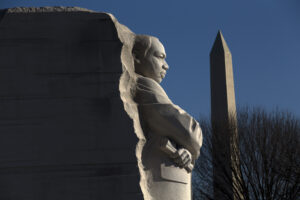

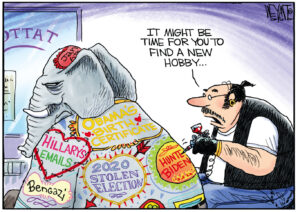
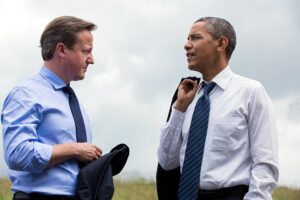

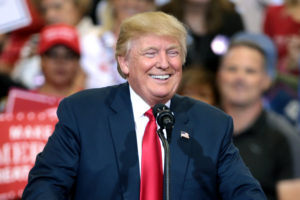
You need to be a supporter to comment.
There are currently no responses to this article.
Be the first to respond.